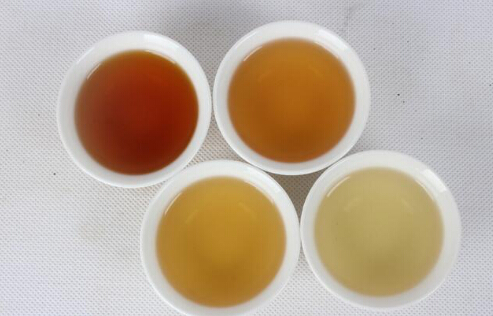
Guide: Many tea friends have been asking me on my private WeChat (dydy800) why the tea soup they brew is so turbid. Today, let's talk about what reasons can cause the brewed tea soup to be turbid.
Newly made tea, whether raw or ripe, will inevitably have a watery taste and the tea soup will definitely be turbid within two to three months. This is undeniable. A leaf undergoes various complex processes of stir-frying and rolling, its internal components are broken down and reorganized, and it will certainly go through a chaotic period. Therefore, for new tea within the first two to three months, do not expect it to have a clear and bright soup color, nor expect it to have outstanding performance. The first two to three months are a blind spot for tasting a new tea. New tea often has a heavy watery and green taste, and the soup is turbid. This is a relatively common situation, and this condition cannot determine the quality of a tea.
For example, the 2015 Longzhu "Wuque" Tuocha made by Nanming Jiaren uses high-end ancient tree spring tea as raw material and is made with purely manual techniques. However, within one or two months of production, the tea soup will still be slightly turbid when brewed. But after three months of storage, the soup color becomes golden and transparent, pure and beautiful like jade.
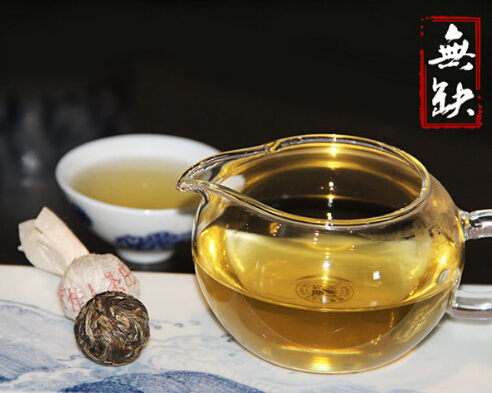
The second situation: if some cake teas are pressed very tightly, or are tuocha, and the tea is broken into very fine pieces when prying, resulting in many fine particles when brewing, this will also cause the tea soup to be turbid;
The third situation: some tea leaves are plump and strong, especially those with very obvious fine hairs (hao), and have many绒毛. When brewed, there are many fine hairs in the tea soup, which will also make the tea soup appear unclear. This situation is more common in raw spring tea;
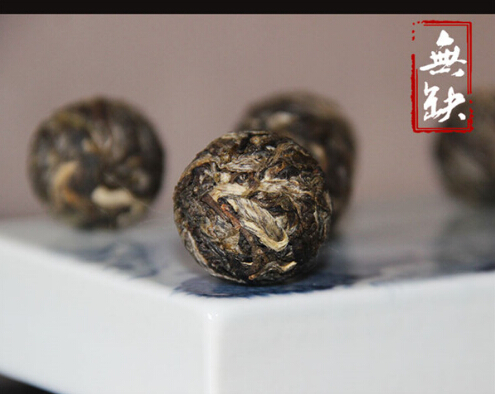
The fourth situation: during tea frying, the pot temperature might be too high or the stirring might not be timely enough, causing the leaves to burn, producing burnt leaves. When rolling, the burnt leaves break, and when brewed, the tea soup will also be turbid, with small black spots mixed in the tea soup and the brewed leaves. This kind of tea will have a slight burnt taste in the soup, which will slowly fade over time during storage. This is mainly seen in raw tea;
The fifth situation: different water qualities can also cause the tea soup to be turbid. The pH level of water varies from place to place. For example, when Pu'er tea is steamed and pressed, it absorbs a large amount of water vapor. If the水质 of this water is acidic, when brewing遇到偏碱性的水, it can also cause the tea soup to be unclear, and vice versa. This situation is relatively rare, and the impact is not significant; the turbidity of the tea soup is not obvious;
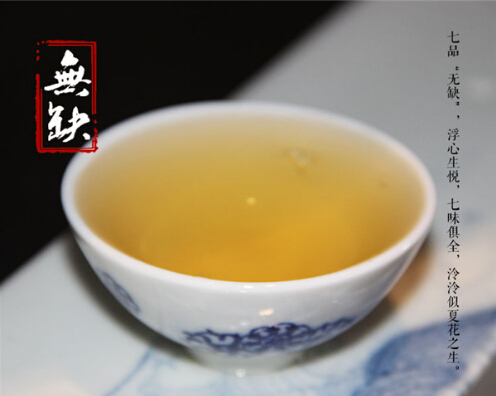
The sixth situation: tea that is in a period of rapid transformation, most commonly, tea that has been stored in damp conditions (wet storage), where excessive moisture has seeped in causing the tea to undergo rapid transformation in a short period. During this time, the tea soup will also be very turbid, for both raw and ripe tea;
The seventh situation: the tea soup becomes turbid after cooling. This is because the tea polyphenols in the tea soup oxidize upon contact with air, causing the tea soup to become turbid. Heating it will restore its clarity. This is more common in raw tea;
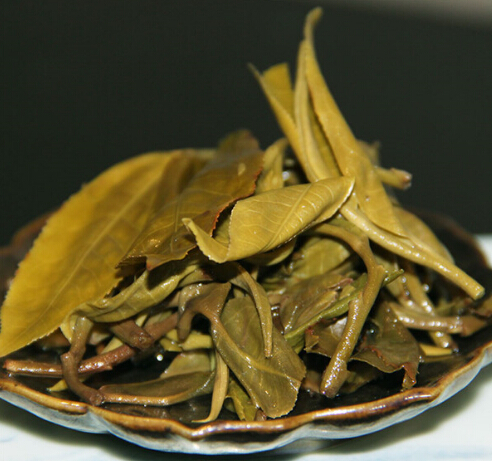
During the tea brewing process, practice prying tea more to keep the tea strips as intact as possible. Master the brewing method熟练 (for Pu'er tea brewing methods, follow WeChat: dyshuocha to view). If it is new tea, pour water slowly along the edge of the gaiwan to reduce the turbidity of the tea soup. Of course, analyze specific teas specifically; do not generalize and force a fit. If you have other insights, welcome to add WeChat: dydy800) to discuss and exchange ideas together.
Text | Dong Yue (Founder of the tea brand Nanming Jiaren, Senior Tea Artisan, Tea Taster) The series of articles "Dong Yue Talks Tea" are now simultaneously updated on websites such as Sohu.com, China Tea Net, Shuocha.com, and Banxia Tea Net.